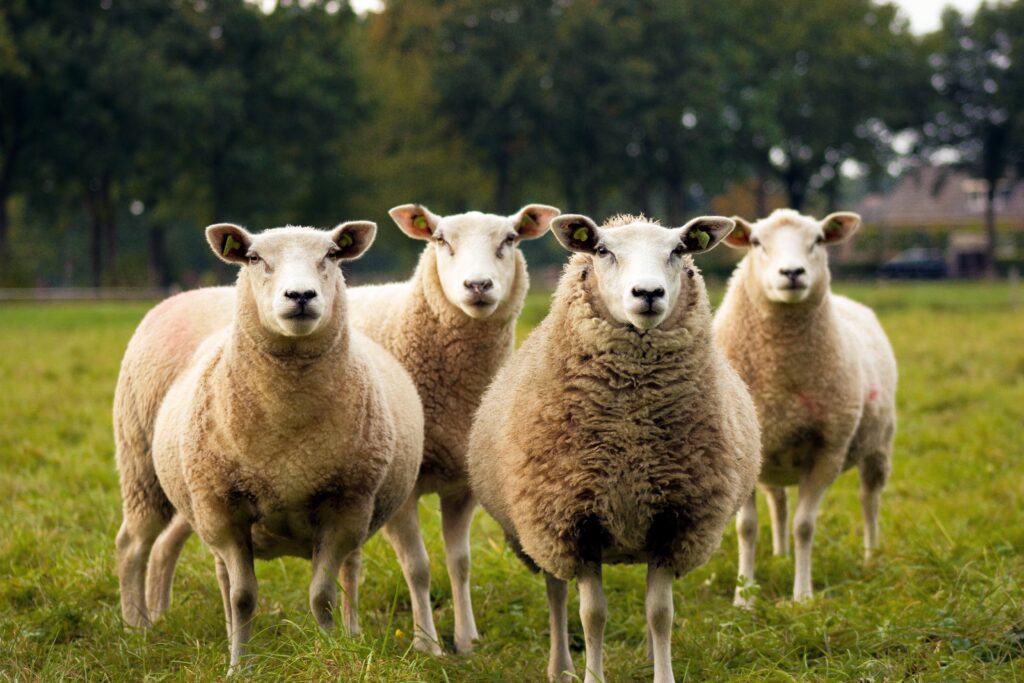I talk often enough here about worms, and worm counts, and also growth rates as ways of monitoring the impact of parasites on our sheep flocks. One thing I don’t consider so much as an early indicator to parasites is reduced feed intake, or changing grazing behavior. Perhaps its because I am now enjoying walking through what is a lush countryside again, and feel very pleased to see so much grass everywhere! Being enjoyed by many sheep and cattle I bump into.
In animal systems where we monitor their feed intakes closely we may notice a drop in intakes as a sign of something being wrong with the animals health, or the system ( usually both). Animals at pasture grazing however is harder to assess. There was an interesting article in one of our vet magazines the other month about using remote-sensing technology to facilitate data collection on research farms to see how much inappetence or changes in grazing behavior can be caused by subclinical parasitic gastroenteritis – so before the animal starts to scour or obviously suffer from gut worms. It made me think that there is an awful lot that goes on out at pasture, interactions between the grazing animals, how they eat and the parasites they encounter. I could fill newsletters for months on this topic alone, but I’ll share some facts I learnt from my reading!
Did you know that sheep and cattle have what is described as a ‘crepuscular pattern’ to their grazing activity? This was a new word to me too! Essentially meaning they are active around twilight – so their main bouts of proper grazing are after dawn and then from late afternoon to dusk. In temperate regions 65% – 100% of cattle and sheep grazing is done in the day, with peaks at these times. Something I think I knew but now confirmed. On lowland pastures cattle grazing times are from 6 – 13 hrs, averaging at 9hrs per day and adult sheep were found to be the same. Did you also know that the nutrient quality and density in many plants increases through the afternoon due to the photosynthetic activity? As Its like these ruminants know how best to graze….perhaps we need to work with them more! Individual animal factors, environmental factors, vegetation, weather and season all play together to affect how, and how long animals can graze for.
The way cattle and sheep avoid the grass around their dung, for so long after they have dunged is something we are not entirely sure we understand. It is of course thought that it is the animals way to try and limit their intake of parasites, but it doesn’t quite make sense when we know some fact about how the parasites interact, plenty more to learn in this area.
Get in touch to find out more about how we can help you

